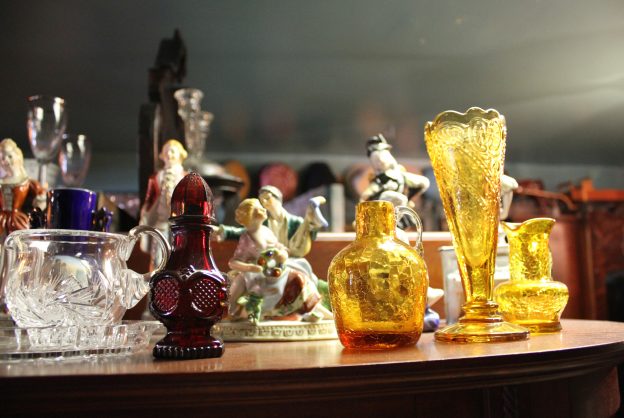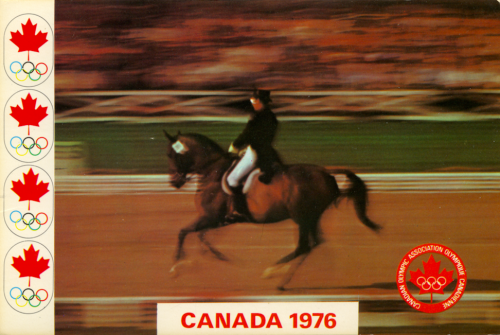The Loyalists and the first Eastern Township in Dunham
The arrival of the Loyalists during the American Revolution (1777-1783)
The Treaty of Paris led to the creation of the Province of Quebec by British military officials. The legal Latin term pro vincere which means “conquered country”, denotes that the territory of the former New France officially becomes the American colony of its Brittanick Majesty. From 1763 to 1775, the Abenaki territory southeast of the Richelieu River remains a non-colonized area. Land that is still undeveloped, the Abenaki hunting territory is maintained as a buffer zone between the American “Thirteen Colonies” and the Province of Québec.
Following the American Revolution in 1775, the British military officials establish a military control over the communication channels of Lake Champlain and the Richelieu River. The arrival of the first Loyalist families in Baie Missisquoi in the seigneury of Saint-Armand starting in 1777, leads to the creation of colonial regiments (King’s Royal Regiment and Rangers) to confront American invasions around Lake Champlain.
Illegal settling in the Seigneury of Saint-Armand (1783-1792)
After the American Revolution, the Loyalists resist the French seigneurial system. From 1783 to 1792, Loyalist officers exert considerable pressure on British Governor Frederick Haldimand (of Swiss francophone origin) to acquire the lands in the undeveloped Abenaki territory. Many Loyalist villages are illegally founded on the border, with a population of 500-600 people in 1791; these settlements are spread out between Philipsburg in 1784, Pigeon Hill in 1788, Saint-Armand Centre in 1788, Saint-Armand West in 1789 and then Frelighsburg in 1790.
Actually, the 8,000 Loyalists who emigrated from New York State to Québec do not want to settle along the Saint Lawrence Valley, where there are mainly francophones living on the vacant land. Moreover, these American Loyalists, mainly Protestant and of Dutch origin, refuse to be subject to the French seigneurial laws still in effect. They demand to have access to “Crown land” that is free and subject to English common law, managed as Townships.
The English term Township (canton in French) defines a quadrilateral open-ground land space of 16 kilometres by 16 kilometres (10 miles by 10 miles). A township adjacent to a navigable waterway measures 14.5 kms wide over 19.2 kms in depth. The township is exempt from right of ownership, unlike a seigneury. 1/7 is reserved for the Crown and another 1/7 for the Anglican clergy. Each township is sub-divided into 304 lots of 200 acres (80 hectares). A land concession sells for between 10 and 12 shillings per acre for a standard size township in 1796.
171The first Township of Dunham established by Thomas Dunn in 1796.
In compliance with the Royal Proclamation of 1791, British General Alured Clarke, (Lieutenant Governor of Lower Canada from 1790 to 1796) opens new concessions in the Abenaki territory, which becomes Eastern Townships as opposed to Upper Canada’s Western Townships (now Ontario). Clarke creates four English denominatioal districts such as Bedford.
Thomas Dunn is appointed as a judge to the Executive Council by Lord Dorchester Governor, Guy Carleton, in 1776. Like many high-ranking British civil servants, he buys the seigneury of Saint-Armand from the British Crown for 400 pounds (the property is turned over to the French Royal Surveyor François Levasseur) in 1786.
In 1788, he surveys the area where the Loyalists are demanding land. In 1791, the Loyalists and Thomas Dunn negotiate an agreement to buy the land, ensuring that both sides have a fair agreement. After filing his request with the Land Council in 1792, he finally obtains the right to his concession in 1796, thereby creating the first “Township” of Dunham. The name Dunham comes from a village by the same name in Bedford County in England, perhaps chosen by Judge Dunn in connection with his family name.




1 comments